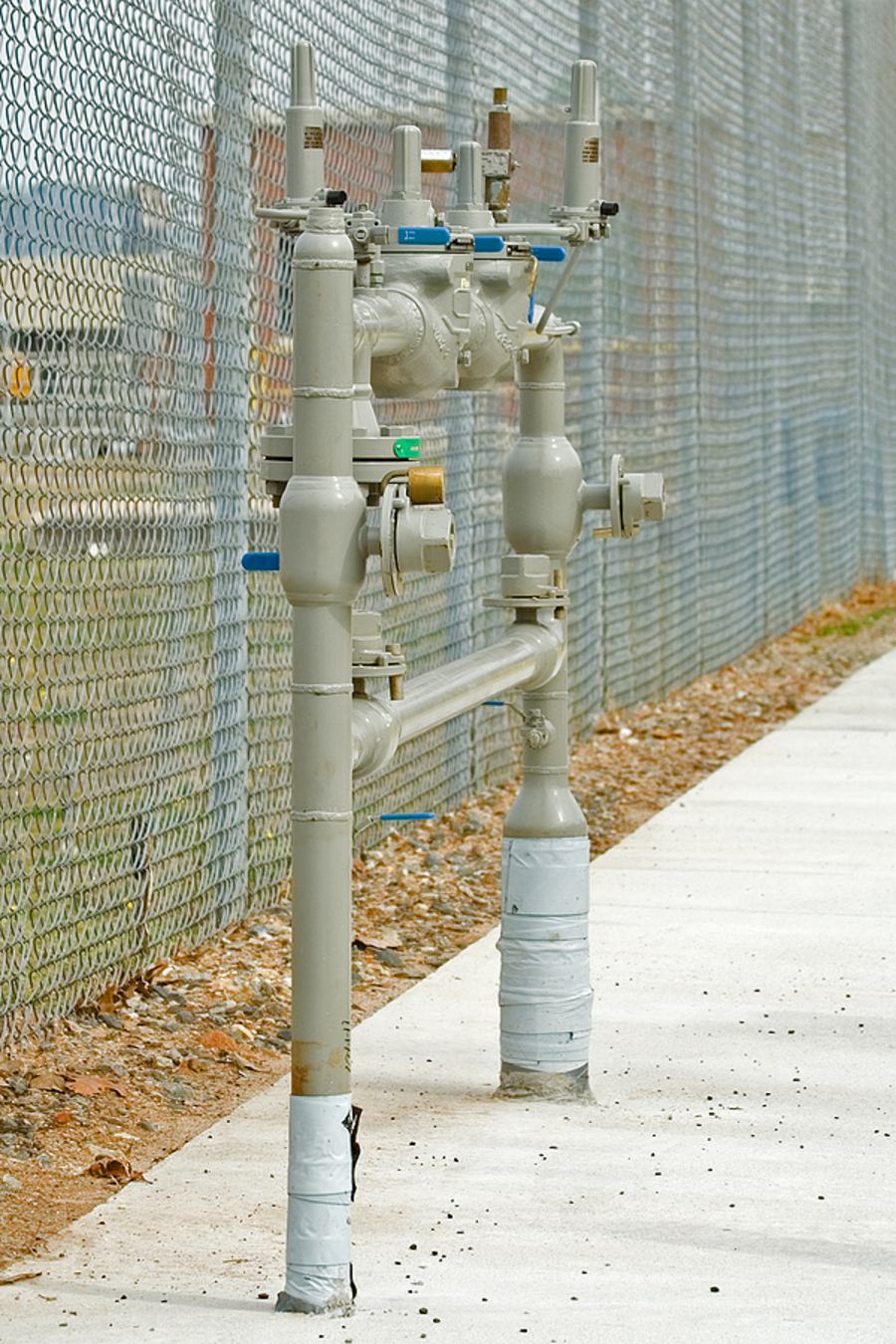Call This Monday to Get $50 OFF
Call us today
214-943-2424

In the realm of plumbing maintenance and safety, backflow testing stands as a critical procedure often overlooked by homeowners and business owners alike. However, its importance cannot be understated, especially concerning the protection of potable water sources from contamination. Let's delve into what backflow testing entails, why it's essential, and how it contributes to maintaining water quality.
Backflow occurs when the flow of water in a plumbing system reverses direction, allowing contaminated water to enter the clean water supply. This reversal can happen due to changes in water pressure caused by factors like water main breaks, fire hydrant usage, or even routine plumbing maintenance. When backflow occurs, contaminants such as chemicals, bacteria, and other pollutants can infiltrate the potable water supply, posing significant health risks to consumers.
Backflow prevention devices, such as backflow preventers, are installed in plumbing systems to mitigate the risk of backflow. These devices work by allowing water to flow in one direction only, preventing the reversal of water flow and safeguarding the purity of the water supply. However, like any mechanical device, backflow preventers require regular maintenance and testing to ensure they are functioning correctly.
Backflow testing is the process of evaluating the effectiveness of backflow prevention devices to confirm that they are operating as intended and complying with local plumbing codes and regulations. During a backflow test, a certified plumber or plumbing service technician will inspect the backflow prevention device, perform various tests to assess its functionality, and make any necessary adjustments or repairs to ensure optimal performance.
The importance of backflow testing cannot be overstated, as failure to detect and address backflow issues can have serious consequences for public health and safety. Contaminated water can lead to outbreaks of waterborne diseases, cause illness or injury, and result in costly cleanup efforts to restore water quality. Additionally, non-compliance with backflow prevention regulations can result in fines, penalties, and legal liabilities for property owners and businesses.
For homeowners and business owners alike, scheduling regular backflow testing with a qualified plumber or plumbing repair service is essential to protect the integrity of the water supply and ensure compliance with local regulations. Backflow testing should be performed annually or as required by local authorities, depending on factors such as the type of property, the presence of hazardous materials, and the level of risk associated with the water supply.
During a backflow test, the plumber will typically perform the following steps:
By investing in regular backflow testing with Texas Rooter, property owners and business owners can protect the health and safety of their communities, minimize the risk of water contamination, and ensure compliance with regulatory requirements.
We all know that extremely cold weather can lead to frozen and burst pipes.…
Read MoreHave you ever walked into your basement after a heavy rain and found water everywhere?…
Read MoreHave you ever been startled by a strange noise coming from your water heater? Those…
Read MoreWater isn't always as pure as it seems. Contaminants—from harmless minerals to potentially harmful chemicals—can…
Read MoreImagine you’re hosting a backyard barbecue in sunny Texas when you…
Read More